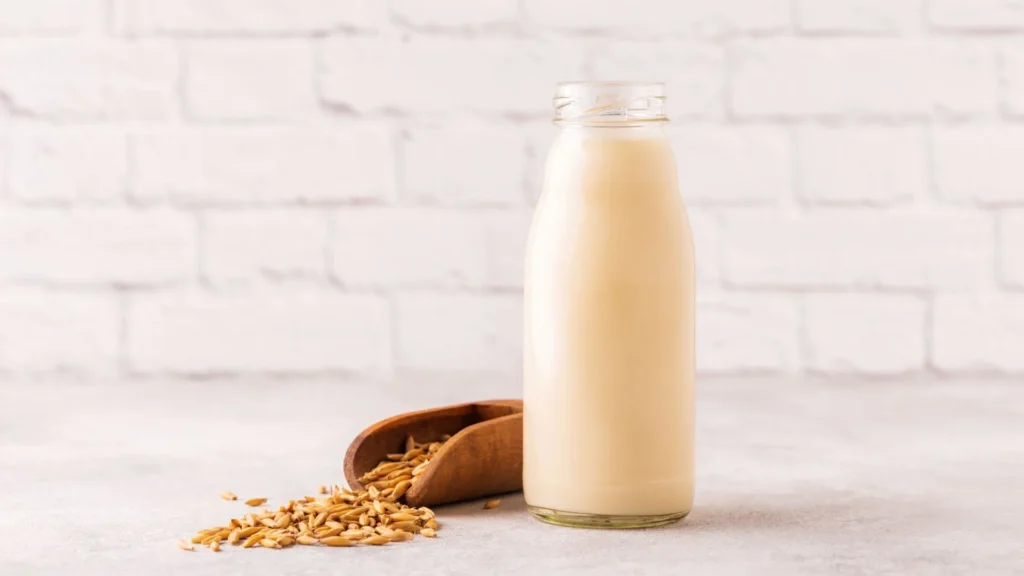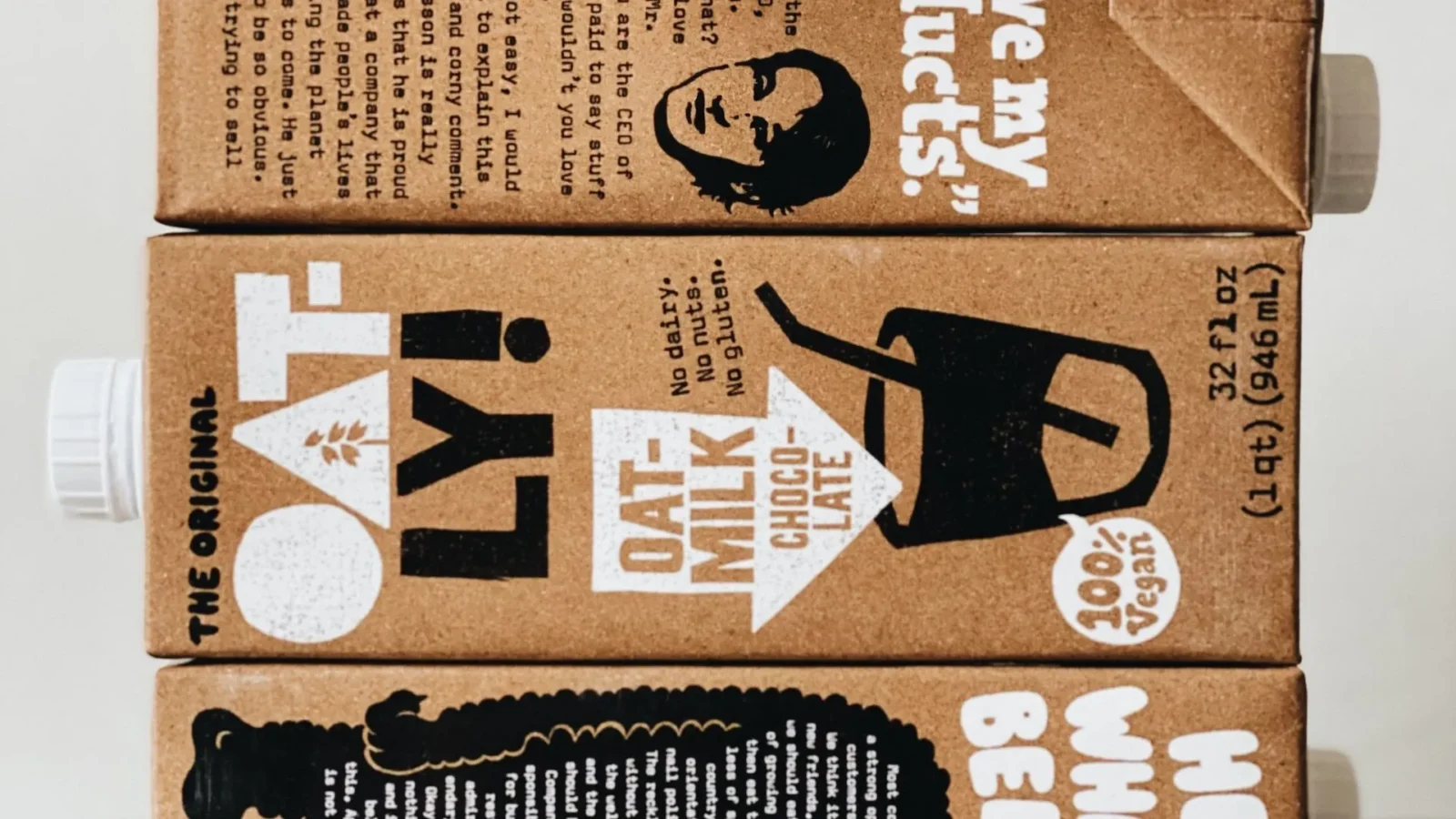If you’ve recently discovered oat milk, you’re in good company. Many individuals have fallen in love with the creamy goodness of this dairy alternative. However, as with any perishable item, it’s essential to know how to tell when your oat milk has gone bad or expired. In this article, we will explore the signs of spoilage and share some tips to extend the shelf life of your favorite beverage.
Understanding the Shelf Life of Oat Milk

Oat milk typically has an expiration date that ranges between 7 to 10 days. However, several factors can influence oat milk’s shelf life, such as:
- Packaging: Shelf-stable oat milk, which is sold at room temperature, typically has an unopened shelf life of several months, but once opened, it needs to be refrigerated and consumed within a few days. On the other hand, refrigerated oat milk has a shorter unopened shelf life but can last longer once opened if stored properly in the refrigerator. It is important to check the specific packaging and follow the manufacturer’s storage and shelf life recommendations.
- Storage conditions: Oat milk fares better when stored at colder temperatures consistently. It’s best to refrigerate oat milk and avoid direct sunlight or heat exposure.
- Additives: Some oat milk brands contain preservatives or additives to extend their shelf life. This can affect the length of time in which it stays fresh.
It’s normal to have questions about oat milk spoilage; the good news is that you’re not alone. Many individuals ask about oat milk’s lifespan, and it’s essential to be informed.
Signs of Spoilage to Look Out For
To determine if your oat milk has gone bad, look out for these tell-tale signs:
- Changes in texture: Fresh oat milk is typically smooth and homogeneous. If you notice any lumps, curdling, or separation in the liquid, it’s a sign that it’s gone bad.
- Unusual odors: A sour or rancid smell is another sign that your oat milk has spoiled. Trust your sense of smell and steer clear of drinking it.
- Personal experiences: Some individuals have reported drinking spoiled oat milk can cause digestive problems or food poisoning. It’s best to take these personal experiences as a warning against consuming spoilt oat milk.
Trusting Your Taste Buds
When you doubt the freshness of your oat milk, trust your taste buds to give you some valuable clues. Doing a small taste test can help determine if your beloved oat milk has gone bad.
Spoiled oat milk might have a sour or off taste. It might taste funky or not as creamy and delicious as you’re used to. Trust your instincts here. If something doesn’t taste right, it’s better to err on the side of caution and discard it.
Always prioritize food safety, and don’t force yourself to finish a carton of oat milk if you suspect it’s gone bad. It’s better to enjoy your oat milk at its best.
Storage Tips to Extend the Shelf Life

To give your oat milk a longer shelf life and maintain its freshness, here are some practical storage tips:
- Refrigeration is critical: Storing your oat milk in the refrigerator helps slow down the growth of bacteria and maintains its quality. Keep it in a cool and consistent temperature environment.
- Avoid temperature fluctuations: Moving your oat milk from the fridge to the countertop and back may seem tempting, but frequent temperature changes can compromise its freshness. Try to keep it in the refrigerator as much as possible.
- Seal the container tightly: After each use, make sure to seal the container tightly to prevent contamination. This simple step can go a long way in preserving the freshness of your oat milk.
- Freeze for longer-term use: If you find yourself with more oat milk than you can consume within its shelf life, consider freezing it in small portions. Freezing can help prolong its usability, but be sure to leave some space in the container for expansion during freezing.
Expert Tips for Prolonging Freshness
Want to know how you can stretch the shelf life of your oat milk even further? Here are some expert tips for prolonging the freshness of your beloved oat milk:
- Check the expiration date: Always keep an eye on the expiration date when purchasing oat milk. Choosing one with a later expiration date gives you more time to enjoy it without worrying about spoilage.
- Keep it away from strong odors: Oat milk, like any other food, can absorb odors from its surroundings. Avoid storing it near strong-smelling foods like onions or garlic to preserve its natural flavor.
- Use clean utensils: When pouring oat milk or scooping it out with a spoon, use clean utensils to prevent introducing contaminants that could accelerate spoilage.
Conclusion
We’ve covered a lot of ground when it comes to determining whether your oat milk has gone bad. From trusting your taste buds and recognizing the signs of spoilage to storing it properly and seeking expert advice, you now have the tools to make informed decisions about your oat milk consumption.
Remember, my friend, your senses are powerful allies in assessing the freshness of oat milk. Trust your instincts and prioritize food safety above all else. Following these tips and suggestions ensures that every sip of your oat milk is a delightful and safe experience.
Now go forth, confidently assess the freshness of your oat milk, and may your mornings be filled with creamy goodness and joy! And for more oat milk tips, visit PurelySip.com.







Leave a Reply